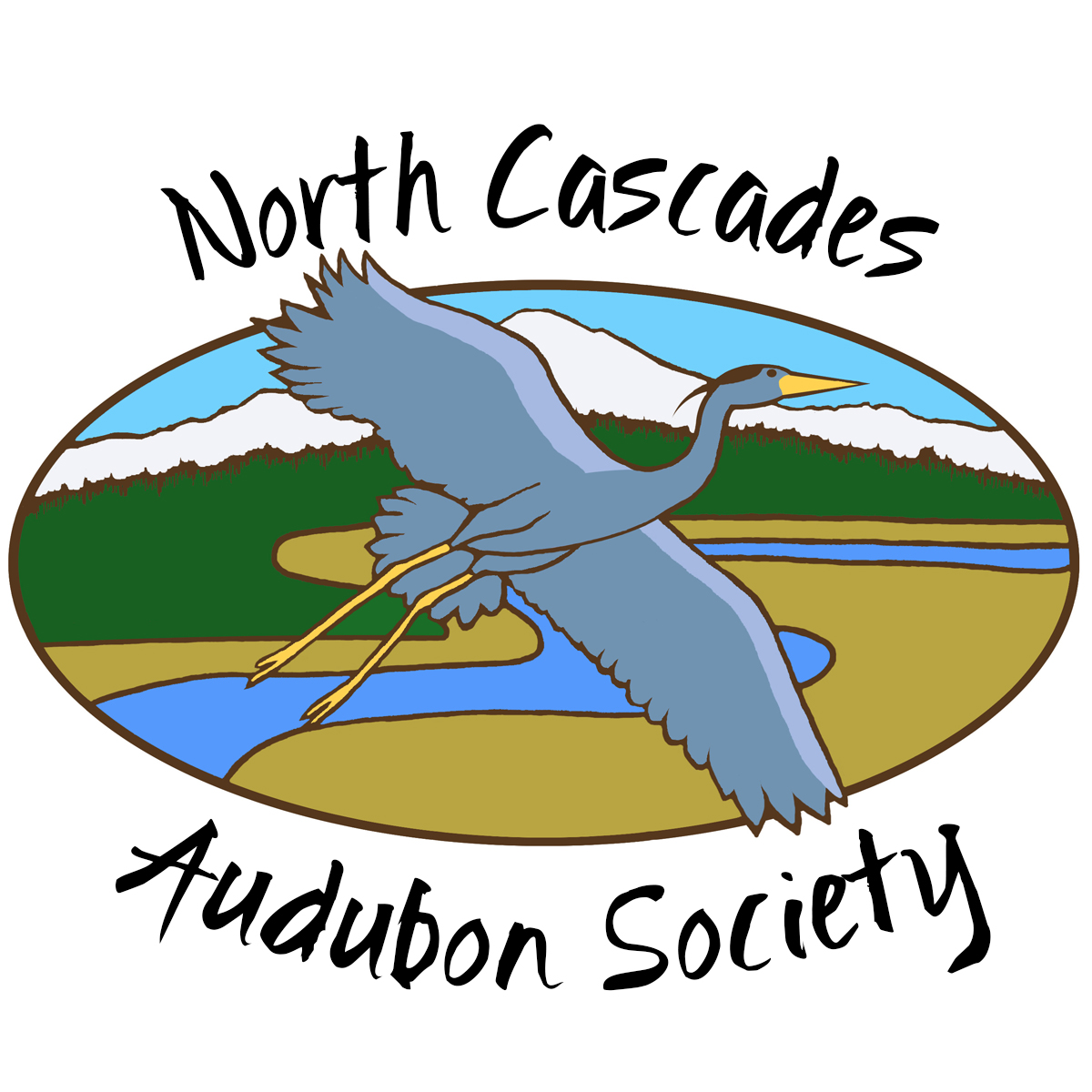Christmas Bird Count
The National Audubon Society’s annual Christmas Bird Count (CBC) began in 1900 as an alternative to the traditional Christmas “side hunt,” where the objective was to kill as many birds as you could. The person with the largest pile of feathers was declared the winner! Ornithologist Frank Chapman called for an end to this slaughter by suggesting that, rather than shooting birds, people count them instead.
The first CBC took place on Christmas Day of 1900. There were 27 participants in 25 locations, ranging from New Brunswick, in eastern Canada, to Pacific Grove, CA. The original 27 participants counted a total of 90 species. Today, over 45,000 people from all 50 states, Canada, the Caribbean, Central and South America, and the Pacific Islands participate in about 1,700 counts held during a 2 1/2 week period around Christmastime. The CBC is the longest-running wildlife survey ever undertaken. The majority of the work is done by citizen scientists.
Count Result Data is hosted on the National Audubon CBC site.
Bellingham CBC
There are 25 territories within the count circle of the Bellingham CBC. The areas cover a wide variety of habitats ranging from saltwater and urban parklands to the fields and farms of Whatcom County. The Bellingham CBC was started in 1967 by Terry Wahl and Jim Duemmel.
Washington State Ferry CBC
The Washington State Ferry CBC is unique in that the entire count takes place on board the ferry’s international run between Anacortes and Sidney, BC. Counters on this CBC need to be prepared for quick IDs as well as for the wind and weather to be found on the bow of the ferry. Jim Duemmel was the compiler of this count prior to 2002 followed by Clayton Snyder. That title has most recently been assumed by Jane and John Aspnes.
Participating in CBC?
Bellingham/Whatcom County Christmas Bird Count data require some care in determining what’s going on. The counts represent raw data – they are what was seen and counted, not necessarily what was there. Numbers can be useful for seeing what species were there, and to some extent can show status compared to other years. Interpreting the numbers, however, requires considerable care and allowing for a number of variables. These include the effort put forth to find and count the birds. The number of observers and parties, the effort in hours and miles traveled, and in some cases the experience and skill of observers can affect numbers of birds recorded. The weather on Count Day can vary greatly between days and years – frozen fresh water can push birds to saltwater – and windy conditions can make many species inconspicuous. Habitats are being altered drastically – what was a field with meadowlarks last year can be a parking lot or apartments this year. Different species require different treatments in interpreting what count numbers mean. Except for Bellingham Bay, where weather conditions can make observation almost impossible, our count usually covers open water, including lakes, pretty well. So numbers of conspicuous birds, especially large white swans for example, can represent a pretty accurate count. At the other extreme, there is no way we can count all “little brown birds” such as Song Sparrows so those numbers represent samples and have to be treated as birds per party hour spent in the field. Interpreting results can be difficult in the short term but in some cases can be aided by looking at other nearby count results. Bohemian Waxwings, for example, have declined all across our region, not just in our count circle. We attempt to cover the count circle consistently each year, but variables always present. It’s complicated, but more and more it’s evident CBCs are important in showing changes not just locally but on a continental scale.
2022 Christmas Bird Count December 18
Contact Alex Jeffers at ajeffers@northcascadesaudubon.org
Bellingham Area Map
There are 25 designated areas for the CBC. Click below to see the aerial view and the street map. In the pop-up window, click on either image to enlarge it. All maps and images can be viewed as PDF's for higher resolution and printing - see below the map for links.

